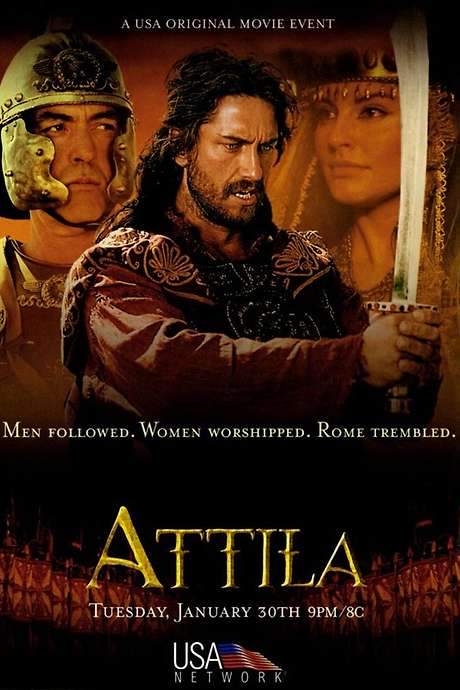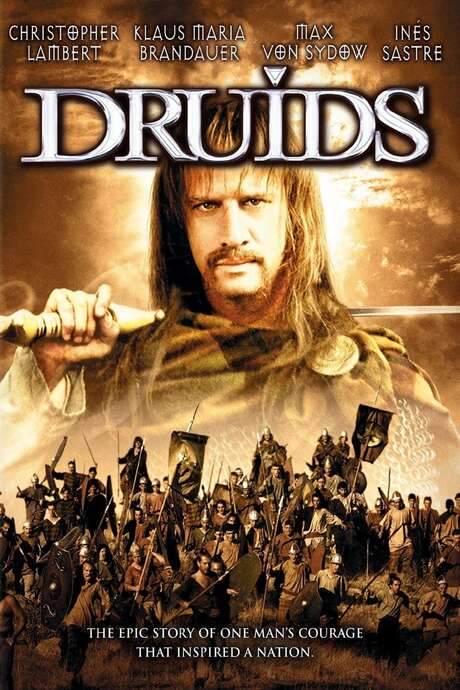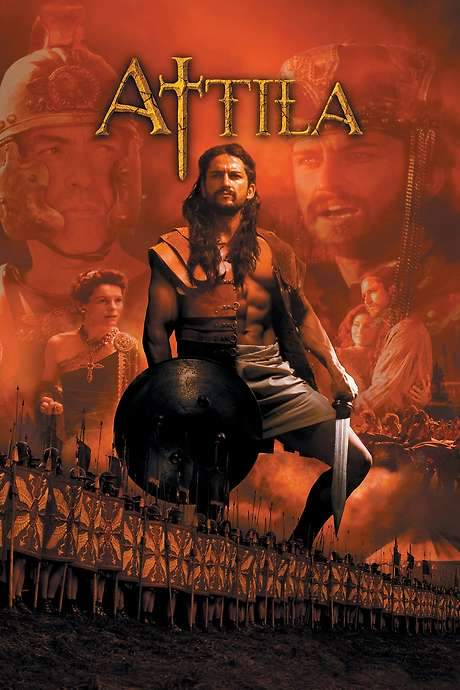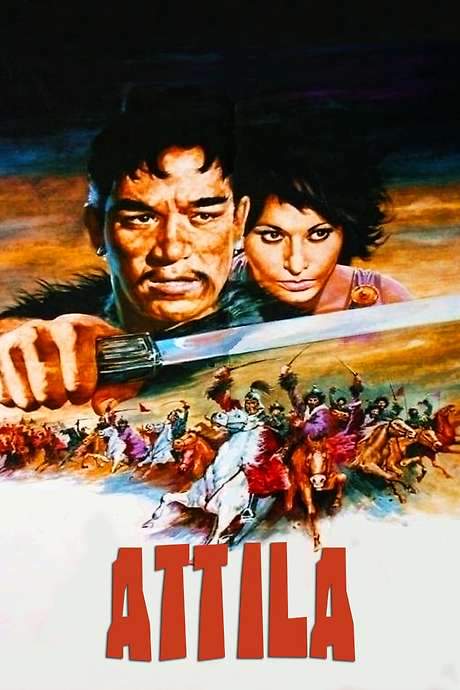
Sign of the Pagan
Year: 1954
Runtime: 92 mins
Language: English
Director: Douglas Sirk
Roman centurion Marcian is captured by Attila the Hun while traveling to Constantinople, but manages to escape. Upon reaching the capital he discovers that Emperor Theodosius is colluding with Attila, allowing the Huns to threaten Rome unchecked. Marcian wins the support of Pulcheria, Theodosius’ sister, who hopes to preserve a united empire.
Warning: spoilers below!
Haven’t seen Sign of the Pagan yet? This summary contains major spoilers. Bookmark the page, watch the movie, and come back for the full breakdown. If you're ready, scroll on and relive the story!
Timeline – Sign of the Pagan (1954)
Trace every key event in Sign of the Pagan (1954) with our detailed, chronological timeline. Perfect for unpacking nonlinear stories, spotting hidden connections, and understanding how each scene builds toward the film’s climax. Whether you're revisiting or decoding for the first time, this timeline gives you the full picture.
Last Updated: October 09, 2025 at 11:26
Unlock the Full Story of Sign of the Pagan
Don't stop at just watching — explore Sign of the Pagan in full detail. From the complete plot summary and scene-by-scene timeline to character breakdowns, thematic analysis, and a deep dive into the ending — every page helps you truly understand what Sign of the Pagan is all about. Plus, discover what's next after the movie.
Sign of the Pagan Summary
Read a complete plot summary of Sign of the Pagan, including all key story points, character arcs, and turning points. This in-depth recap is ideal for understanding the narrative structure or reviewing what happened in the movie.

Similar Movies to Sign of the Pagan
Discover movies like Sign of the Pagan that share similar genres, themes, and storytelling elements. Whether you’re drawn to the atmosphere, character arcs, or plot structure, these curated recommendations will help you explore more films you’ll love.
Explore More About Movie Sign of the Pagan
Sign of the Pagan (1954) Plot Summary & Movie Recap
Sign of the Pagan (1954) Scene-by-Scene Movie Timeline
Sign of the Pagan (1954) Spoiler-Free Summary & Key Flow
Movies Like Sign of the Pagan – Similar Titles You’ll Enjoy
Attila (2001) Spoiler-Packed Plot Recap
Druids (2001) Full Movie Breakdown
Attila (1000) Full Movie Breakdown
Attila Scourge of God (1982) Plot Summary & Ending Explained
The Sign of the Cross (1914) Film Overview & Timeline
Alone Against Rome (1962) Film Overview & Timeline
The Dacians (1967) Complete Plot Breakdown
Gladiator of Rome (1962) Plot Summary & Ending Explained
The Fall of the Roman Empire (1964) Story Summary & Characters
The Fall of Rome (1963) Full Summary & Key Details
The Fight for Rome (1968) Story Summary & Characters
Sign of the Gladiator (1959) Full Summary & Key Details
The Technique and the Rite (1972) Movie Recap & Themes
The Sign of the Cross (1932) Movie Recap & Themes
Attila (1954) Complete Plot Breakdown

















